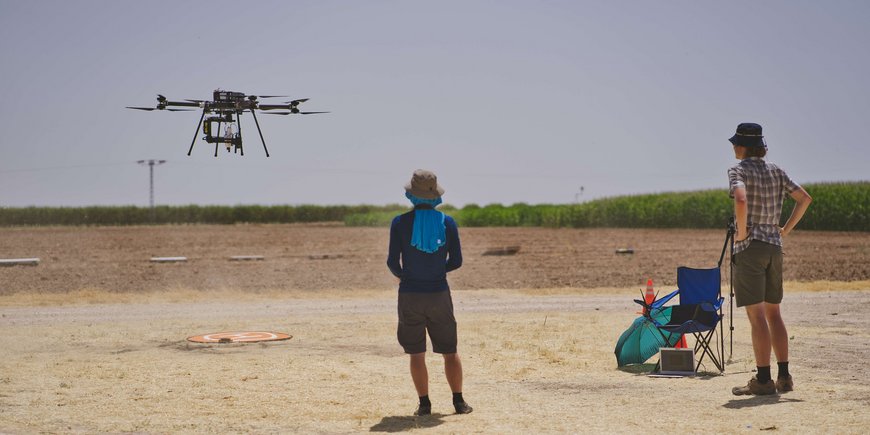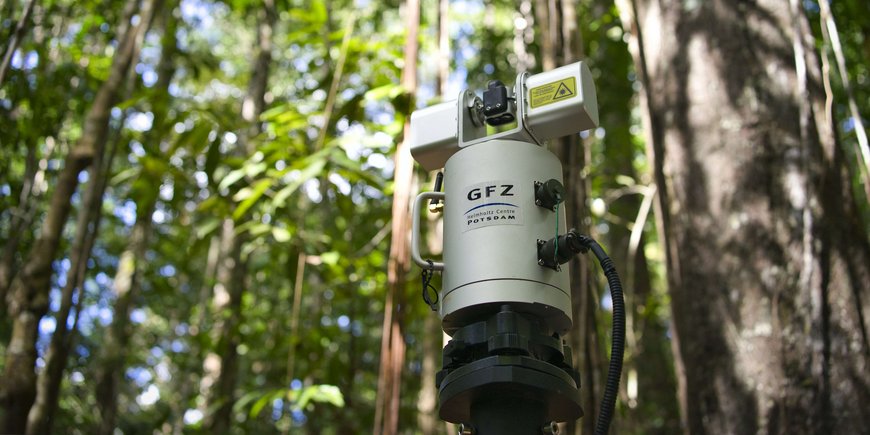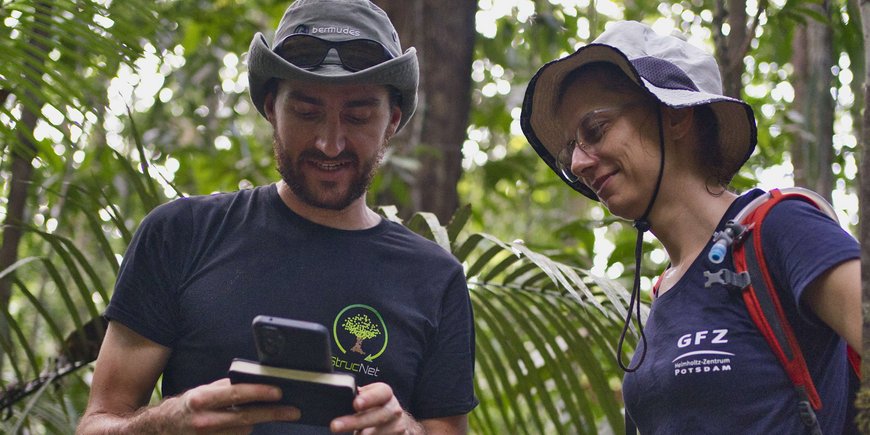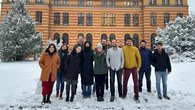Global Land Monitoring (GLM)
The GLM group is developing and deploying novel methodological approaches to enhance the systematic, large-area monitoring for land dynamics worldwide. The team integrates near-sensing with satellite-based observation, develops related time-series methods to track land dynamics and changes using multi-sensor approaches with data science and big-data analytics, and is active in the global calibration and validation networks to assess the quality of remote sensing derived land data and products for different environmental applications. In particular, we put an emphasis in using advanced LIDAR and hyperspectral methods to better reflect the complex 3-D, biogeochemical nature of land surfaces and vegetation structure. We integrate these technological advances with a global monitoring perspective and a commitment to engaging with and contributing to key national and international collaborations.
Building upon the increasing availability of satellite-based time series data streams, we combine various data sources to track and assess the spatial and temporal Earth surface dynamics. Our activities build on Section 1.4 methodological focus on the development of algorithms to characterize the dynamics, anomalies (near-real time), and changes (size, type, frequency) and focus on global vegetation and carbon dynamics, particularly in forests. We collaborate with compilers of National Forest Inventories (NFIs) to integrate ground-based NFIs, aerial remote sensing with Global Earth Observation to provide robust and validated results on vegetation dynamics and carbon fluxes.
Projects:
EC FORWARDS (2023-2027): website
EC OpenEarthMonitor (2022-2026): https://earthmonitor.org
EC ForestNavigator (2022-25): http://www.forestnavigator.eu
ESA ForestCarbon (2022-23): https://www.forestcarbonplatform.org
Contact
Integrating measurements of changing land surfaces aims to enhance the physical underpinnings and fundamental abilities to measure how and why land surfaces are changing. The availability of data from near-sensing (UAVs) and from new satellite sensors (i.e. ENMAP, CHIME, GEDI) now allows for a full exploration of the spectral and 3D dimension for the purpose integrated large-area monitoring. Long-term, global in-situ networks of spectral and structural vegetation measurements, and the integration of active sensors and the third dimension (i.e. from RADAR and LIDAR) are essential for such a comprehensive assessment of land characteristics and changing land surfaces that will complement current global optical remote sensing approaches building on simple vegetation indices and a broad set of global land cover classes only.
In this context, our in-situ and proximal sensing activities develop and use a range of sensing techniques like terrestrial and UAV-borne laser scanning, UAV-borne hyperspectral sensing and automated monitoring technology (e.g. IoT). These data streams are used to produce high quality reference data at local scale across networks of sites to represent large areas and multiple environmental conditions for the calibration and validation of EO data. Furthermore, we take a role in coordination of international networks.
Projects:
- ESA IDEAS-QA4EO: IDEAS-QA4EO Cal/Val Workshop #4 - Earth Online (esa.int)
- ESA CCI-Biomass (2022-24): website
- Horizon Europe RemoTrees
- StrucNet (https://www.strucnet.org)
- GEOTREES (https://data.geo-trees.org/)
Contact

A key focus of our group is to develop information and compile remote sensing products to support large area applications for user-specific needs. For example, we aim for our outputs to be in line with the Sustainable Development Goals, applicable for national and subnational monitoring and reporting and useful within global assessments of vegetation and associated carbon dynamics. Members of our team participate in international policy and coordination processes such as negotiations within the United Nations Framework Convention on Climate Change (UNFCCC) and the European Commission. We coordinate efforts of research and development within the Global Forest Observations Initiative (GFOI) to address methodological and technical issues that are obstacles to progress in developing countries’ forest monitoring and Greenhouse Gas accounting efforts. We work with international stakeholders, such as the World Resources Institute (WRI), for the assessment of critical geo-resources and provide information for the use in the context of climate change and sustainability. Members of our group have been authors of the Intergovernmental Panel on Climate Change (IPCC) Assessment Reports and Good Practice Guidelines that synthesize the latest research on land and carbon dynamics into policy relevant information, applicable to countries’ decision making and GHG reporting.
Projects:
- Horizon Europe Forest Navigator
- ESA ESA GFOI (2023-2025): website
- SEN4LDN: HOME | sen4ldn (esa-sen4ldn.org)
- CIAT-MITIGATE+ (2022-25): website
- WRI-AFOLU (2023-25): website













